Tomatillos, which translate to “little tomatoes” in Spanish, are native to Mexico and were first cultivated by the Aztecs as one of their staple crops. Also called husk tomatoes, Mexican green tomatoes and jamberries, tomatillos are small, green fruits covered in sticky residue under their thin, papery outer covering.
While they’re from the tomato family, and in fact do resemble small, green tomatoes, tomatillos are the fruit of an entirely different plant. Tomatillos have a faintly tart, citrusy flavor. While they’re best picked and used while they’re green, this fruit can also ripen to a yellow, red or even purple color, and grow to about the size of a large walnut or a small lemon.
Blended with garlic, onions and herbs like cumin and cilantro, tomatillos lend themselves well to lively Mexican recipes such as salsas, enchiladas, tacos and burritos. They’re also excellent in soups, sandwiches and salads. Salsa verde is a well-loved dish that uses tomatillos as the main ingredient.
Health Benefits of Tomatillos
Tomatillos contain all of the right ingredients for optimal nutrition, acting as a good source of dietary fiber, niacin, potassium and manganese. They also contain a healthy amount of iron, magnesium, phosphorus and copper. Compared to green tomatoes, tomatillos provide a few more calories, fat and protein, but the extra fiber, minerals, antioxidants and vitamins make up for it.
A medium tomatillo weighing 34 grams contains around 11 calories, 3.4 micrograms of vitamin K, 4 milligrams of vitamin C and 91 milligrams of potassium. It also contains the beta-carotenes zeaxanthin and lutein, which impart potent antioxidant properties that work with vitamin A to help protect vision and reduce the risk for macular degeneration. Its vitamin A content may also help maintain healthy mucus membranes and skin, while its flavonoids may help inhibit lung and mouth cancers.
A recently discovered set of naturally occurring phytochemicals called withanolides, such as Ixocarpalactone-A, is one of the compounds in tomatillos found to be not only antibacterial but also antiproliferative and pro-apoptotic against cancer cells. Withanolides may also help lower the risk for melanomas, thyroid cancer, breast cancer, cancer of the esophagus and pancreas, and even brain tumors and leukemia.
However, it’s advisable to consume tomatillos in moderation, as they contain fructose, which can be harmful to your health in excessive amounts. For more information about their nutritional content, check out the nutrition facts table below:
Tomatillo Nutrition FactsServing Size: 3.5 ounces (100 grams), raw |
||
| Amt. Per Serving |
% Daily Value* |
|
| Calories | 32 | |
| Total Fat | 1.02 g | |
| Saturated Fat | 0.139 g | |
| Trans Fat | ||
| Cholesterol | 0 mg | |
| Sodium | 1 mg | |
| Total Carbohydrates | 5.84 g | |
| Dietary Fiber | 1.9 g | |
| Sugar | 3.93 g | |
| Protein | 0.96 g | |
| Vitamin A6 µg | Vitamin C | 11.7 mg |
| Calcium7 mg | Iron | 0.62 mg |
Studies on Tomatillos
Modern science is examining the tomatillo closely for its ability to help fight inflammation and potentially reduce the risk for cancer development and growth. The wild tomatillo has recently been found to help fight against cancer. The discovery began when three members of a Kansas University team traveled to South America on a “bioprospecting” excursion and found a native plant with anticancer potential.
However, when funds and distance prevented a return trip and further research on this plant, the team turned their attention to Midwestern plants and found something better: the wild tomatillo. Researchers at the University of Kansas discovered 14 compounds known as withanolides in wild tomatillo. These withanolides show significant anticancer properties without any noticeable side effects or toxicity in preclinical testing.
Another research published in The FEBS Journal also supports potent ability of withanolides in tomatillos to help lessen the risk for cancer growth and neutralize cancer cells, particularly in the colon. The evidence presented suggests that tomatillos may have chemopreventive or therapeutic value in the management of colon cancer.
Tomatillos Fun Facts
Tomatillos can easily be grown in containers. You need an extra-large pot or wooden box with drain holes at the bottom. The bigger the pot, the better, as you can add additional high-quality potting soil for better moisture retention.
You’ll want to plant your tomatillos in a large area, as they are big, sprawling plants. Tomatillos can grow between 4 and 5 feet high, so make sure there’s room in your pot for stakes. You can also corral them if you don’t want them sprawling across your garden.
Tomatillo plants should get at least six hours of direct sunlight a day. Be sure to water them regularly but lightly, keeping the soil damp but not wet. Overwatering is one of the most common mistakes when growing tomatillos. Pick the tomatillos when the husk is stretched over the fruit — they should feel firm but not hard.
Summary
The tart and citrusy flavor of tomatillos pairs extremely well with onions, garlic and other herbs. They’re a staple ingredient in Mexican cooking and are often used for making the well-known dish, salsa verde, which you can use as a dip for chips or as a topping on tacos or burritos.
Tomatillos contain a combination of nutrients, such as potassium, vitamins A, C and K, niacin, manganese, beta-carotenes and magnesium, to name a few, but perhaps the most important compound in this small, Mexican fruit are the withanolides, which may have potent anticancer properties according to studies.

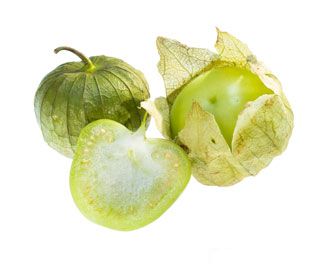
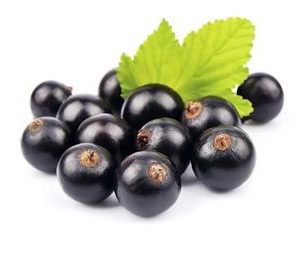
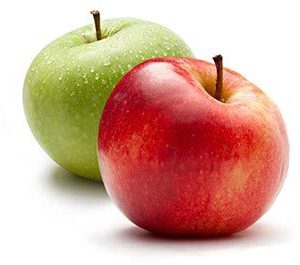
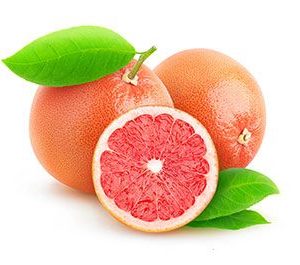

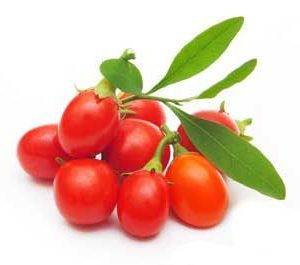
Reviews
There are no reviews yet.